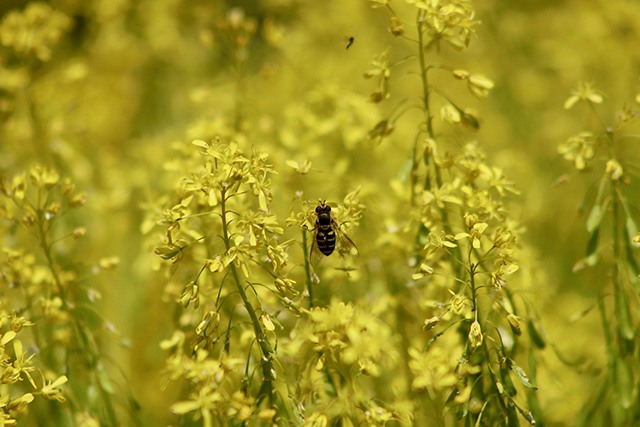
Dyer’s woad
By Nicollette Samuels
The global COVID-19 pandemic has scientists and world leaders scrambling for definitive information and a cure for the deadly virus. With over 8 million cases and 435,619 deaths worldwide as of June 15, according to the John Hopkins’ COVID-19 dashboard, many are willing to try anything to help preserve lives. Much of the focus has been on drugs like chloroquine, hydroxychloroquine, remdesivir and dexamethasone. However others are looking for more homeopathic possibilities.
On March 26, 2020, Tomsk State University (TSU) in Russia reported that the staff of the Siberian Botanical Garden and the TSU Biological Institute were using the plant dyer’s woad for treatment as a preventative measure for the people of Russia against COVID-19.
Dyer’s woad (Isatis tinctoria) is a winter annual, biennial, or short-lived perennial that is part of the mustard family and flowers bright yellow in clusters at the end of their branch. The plant is native to southeastern Russia and was cultivated throughout Europe to make blue dye. Early U.S. European settlers cultivated dyer’s woad in the east coast for making dye, but it was not until it was accidentally introduced to the west coast as a contaminant in an alfalfa seed during the early 1900s, where it became invasive.
Now the plant is recognized as a noxious weed because it has spread across thousands of acres of western rangeland. While the plant is considered a class A noxious weed in the United States, dyer’s woad is also known for being an antiviral plant that has been used in traditional Chinese Medicine for centuries.
The Siberian Botanical Garden recently planted dyer’s woad in its nursery last year for research purposes, but in today’s current climate and with confirmation from the State Research Center of Virology and Biotechnology VECTOR about the antiviral and antimicrobial properties of dyer’s woad, scientists are prepared to grow this plant in large quantities to help protect the Russian population from the coronavirus.
Dyer’s woad root and leaf have been recognized for reducing fevers and stopping cytokine storms, (the over production of immune system proteins called cytokines resulting in high fever, swelling, nausea, and sometimes death), in the body for thousands of years. Ban Lan Gen (Isatis root) tea has been a staple within the Chinese community for precautionary measures during flu and cold season.
The plant’s leaves are antibacterial, anticancer, antiviral, astringent, and fever reducing. It has been used for the treatment of meningitis, encephalitis, mumps, influenza, erysipelas, heat rash, and more, according to the Plants For A Future database. Dyer’s woad root is also antibacterial and anticancer.
In one study of another type of virus, published in Evidence Based Complementary and Alternative Medicine, researchers found that the chemical portions in dyer’s woad extract displayed anti-influenza activities. Through investigation the chemical portions showed their anti-influenza properties by inhibiting virus multiplication, blocking virus attachment, and therapeutic action.
TSU scientists may use dyer’s woad grass and root to manufacture a plant-based treatment and prophylactic complexes like when they used dyer’s woad water extracts with Japanese honeysuckle to treat patients with SARS-CoV, another type of coronavirus, in China in 2003.
Other herbal supplements recommended by naturopathic doctors include echinacea, elderberry, and astragalus, that have already been proven to improve the immune system.








No comments